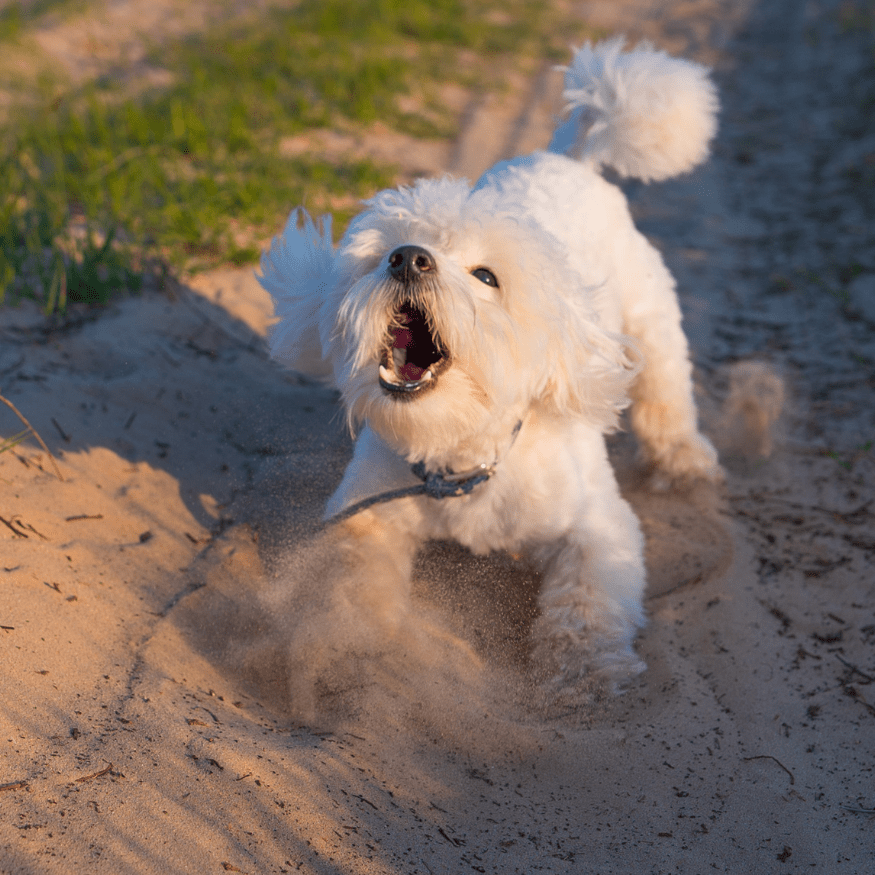
Five Tips To Reduce Dog Barking Without Using A Bark Collar
Barking is a natural form of communication for dogs, but excessive barking can become a challenge for both pet owners and neighbours. While bark collars are often suggested to curb this behaviour, there are numerous effective methods to help your dog learn to communicate in calmer ways. Here are five tips to reduce barking effectively without using a bark collar:
- Understand the Cause of Barking
Before you can address excessive barking, it’s vital to understand why your dog is barking. Dogs may bark for various reasons, including:
- Alerting: Barking at strangers or unusual noises.
- Boredom: A lack of mental and physical stimulation can lead to nuisance barking.
- Anxiety: Separation anxiety or fear of certain situations can trigger barking.
- Playfulness: Sometimes, barking is simply a way for dogs to express excitement.
Observing your dog and identifying the triggers can help you formulate a plan to mitigate the barking.
- Provide Stimulating Activities
If boredom is a contributing factor to your dog’s barking, it’s essential to engage them with stimulating activities. This can include:
- Daily Walks: Regular exercise not only helps burn off energy but also provides mental stimulation as dogs explore their environment.
- Interactive Toys: Puzzle toys can keep your dog occupied and mentally challenged, reducing boredom-related barking.
- Training Sessions: Engage your dog in learning new tricks or commands. Training sessions can serve as excellent mental exercise.
Incorporate a mix of physical and mental challenges into your dog's routine to keep them engaged and happy.
- Employ Positive Reinforcement Training
Teaching your dog an alternative behaviour to replace barking can be highly effective. Here’s how to implement positive reinforcement:
- Identify a Command: Choose a command such as "quiet" or "enough."
- Reward for Silence: When your dog starts barking, wait for a moment of silence. As soon as they stop barking—no matter how briefly—immediately reward them with praise or a treat.
- Practice Regularly: Continuously reinforce this behaviour with consistent training sessions. Be patient; it may take time for your dog to associate the silent behaviour with rewards.
By focusing on rewarding quiet behaviour, your dog can learn that staying calm leads to positive outcomes.
- Create a Calm Environment
Sometimes, environmental factors contribute to excessive barking. Consider making adjustments in your home to minimize distractions:
- Block Visual Stimuli: If your dog barks at passers by outside, using curtains or frosted glass can reduce their visibility and limit their barking triggers.
- Soundproofing: Utilizing rugs, curtains, or soundproofing materials can help dampen outdoor noises that may provoke barking.
- Calming Products: Consider using calming sprays, diffusers, or music specifically designed for dogs to create a more serene environment.
A more tranquil living space may help reduce your dog’s urge to bark at perceived threats or distractions.
- Provide Structured Socialization
Socialization is crucial for a well-adjusted dog. Too much isolation or lack of exposure to other dogs and people can lead to anxiety and barking. To improve your dog’s socialization skills:
- Dog Parks: Visit dog parks where your dog can interact with others in a controlled environment, helping them learn appropriate behaviors
- Group Classes: Enrol in obedience training or agility classes. Being around other dogs in a structured setting can enhance their confidence and reduce anxiety.
- Controlled Introductions: Implement gradual introductions to new experiences, ensuring they feel safe and secure in various situations. By fostering positive social interactions, you can help decrease anxiety-driven barking and build your dog's confidence.
